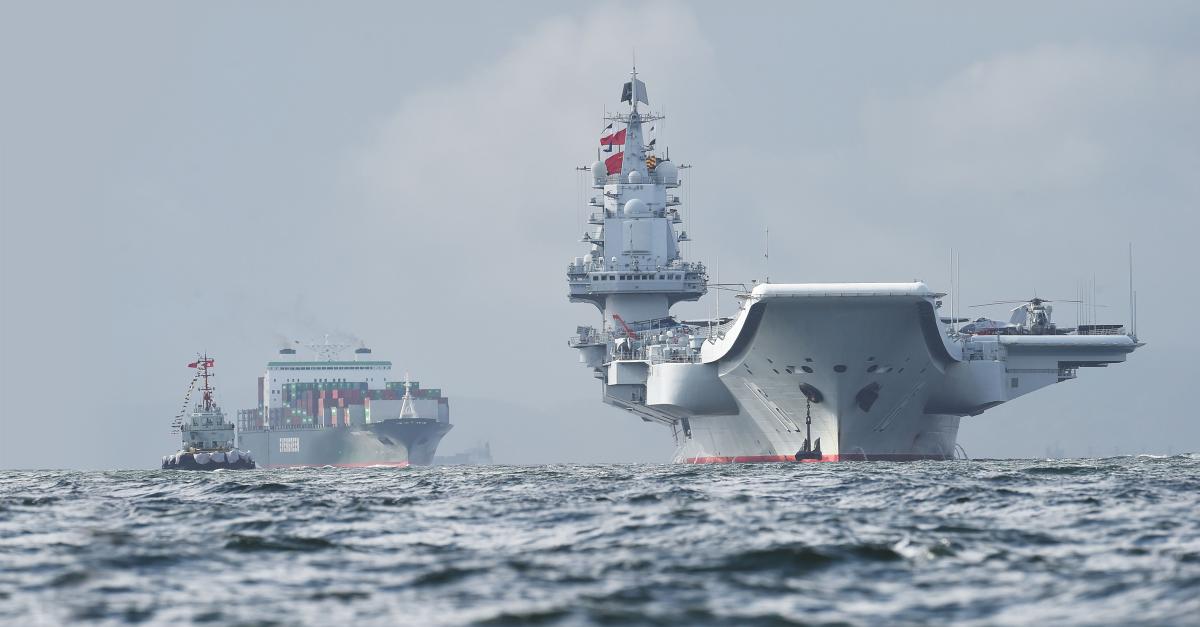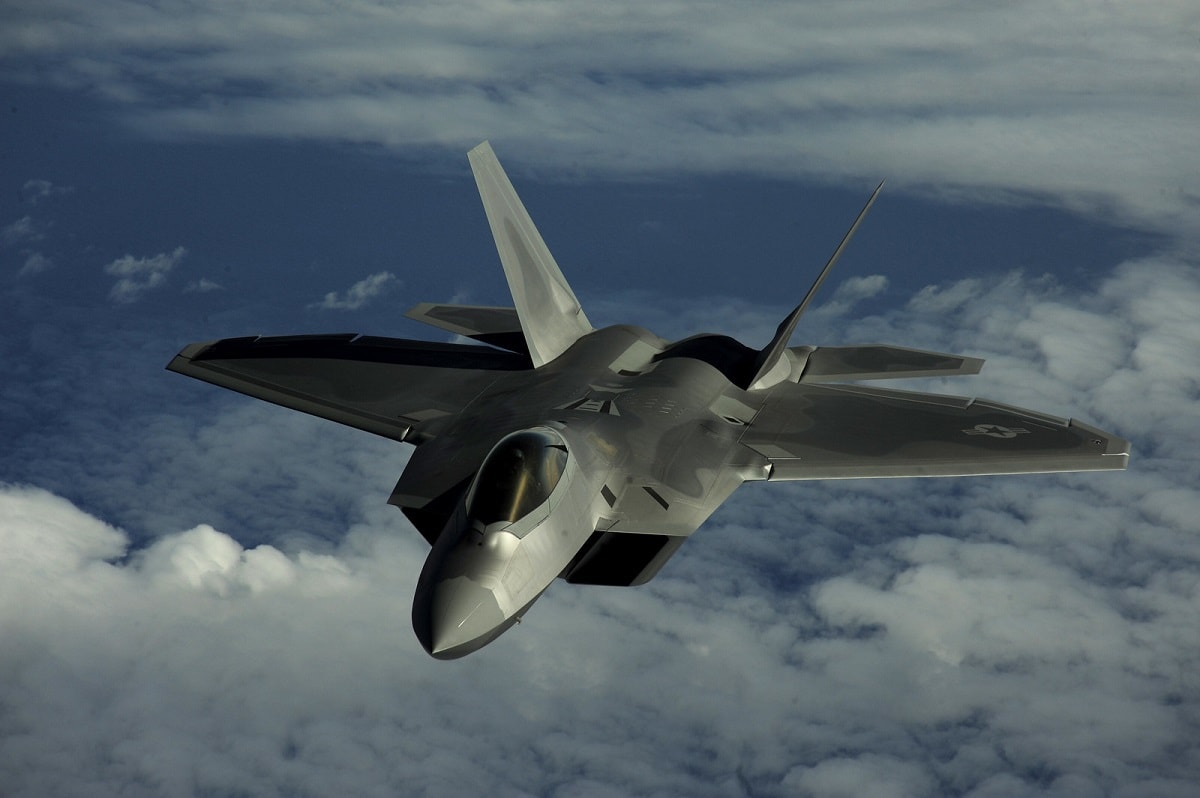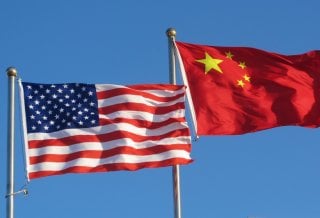By Maj Gen PK Mallick, VSM (Retd)
On Feb. 28, 2021 The New York Times (NYT), based on analysis by a U.S. based private intelligence firm Recorded Future, reported that a Chinese entity penetrated India’s power grid at multiple load dispatch points. Chinese malware intruded into the control systems that manage electric supply across India, along with a high-voltage transmission substation and a coal-fired power plant.
The NYT story gives the impression that the alleged activity against critical Indian infrastructure installations was as much meant to act as a deterrent against any Indian military thrust along the Line of Actual Control as it was to support future operations to cripple India’s power generation and distribution systems in event of war.














